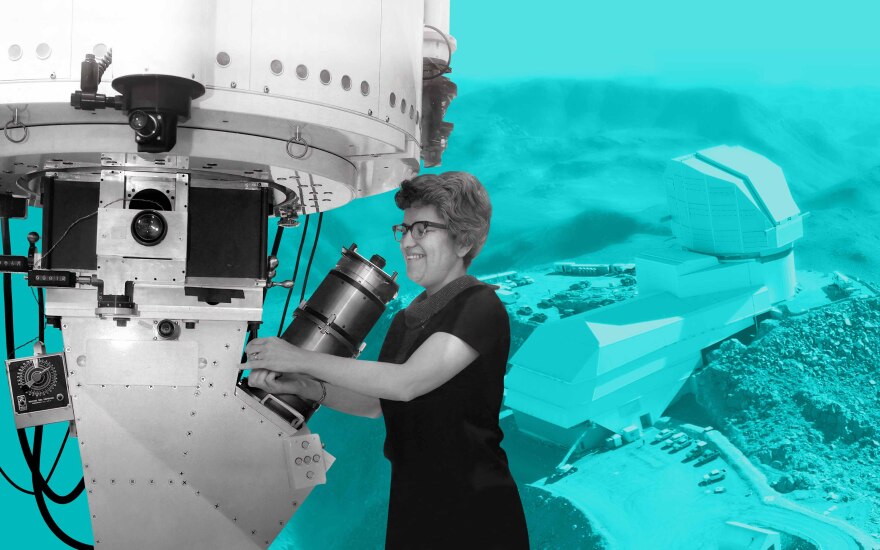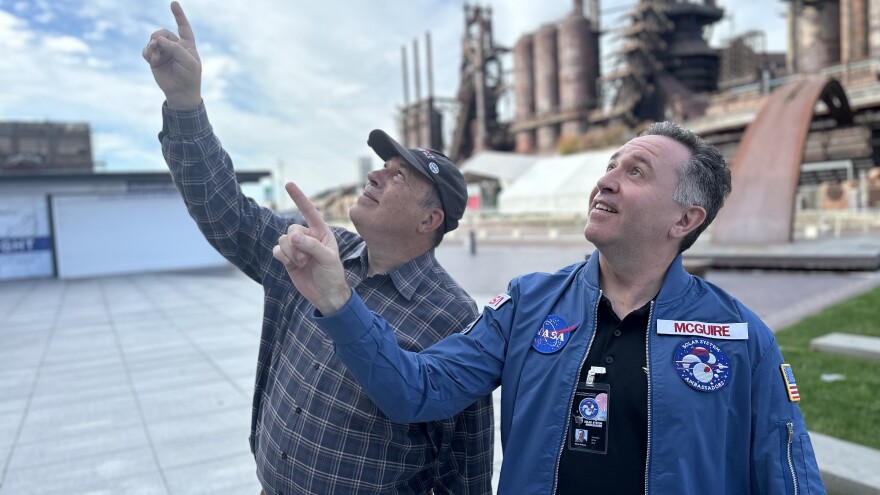BETHLEHEM, Pa. - Brad Klein reviews upcoming astronomical highlights with Bethlehem’s ‘Backyard Astronomy Guy,’ Marty McGuire.
This week, a look at the late Vera C. Rubin, an American astronomer whose name is now associated with one of the most powerful observatories on Earth.
Dr. Rubin, who was born July 23, 1928, did not live to see recently released images from the observatory in the high mountains of Chile that bears her name. But her life’s work, and the mission of the Vera C. Rubin observatory are linked by more than just their names.
“Her work really provided the first convincing evidence for the existence of what's called ‘dark matter’,” according to McGuire.

Dark matter is a scientific concept that remains a mysterious but indispensable aspect of modern cosmology. And the Rubin Observatory itself was once simply called the ‘Dark Matter Telescope’, before being named in her honor.
Much of Dr. Rubin’s most famous work took place in the 1970s, when her work with astronomer Kent Ford revealed subtleties in the motion of distant galaxies that could only be explained by the presence of a gravitational influence whose source remains unseen. This hypothetical source became known as dark matter.
Dr. Rubin, a native of Philadelphia, will also be honored this year by having her likeness on US currency.
She joins pioneering women including civil rights leader Ida B. Wells and African American tennis player and golfer Althea Gibson on 2025 coins as part of the American Women Quarters Program.
LINK: For more information about the Vera C Rubin Observatory



